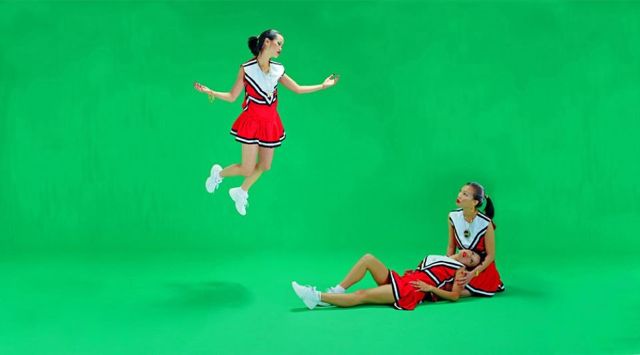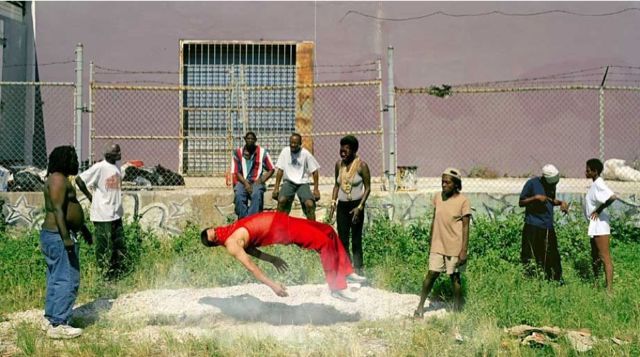Luis Gispert
Sunday, 5 September 2010
Work from his oeuvre.
Jacob Hashimoto: This last January, you opened an enormous two-part exhibition at Zach Feuer and Mary Boone Gallery that represented well over two years of sculptures and images and was crowned with a hugely ambitious short film, Smother. Having had the opportunity to watch you labor over this diverse body of work over the past couple of years and having visited the exhibition numerous times…and, of course, having followed your work for the past 10–12 years, I came away from this exhibition with an uneven sensibility of the exhibition on the whole. That’s not to say that the shows weren’t conceptually coherent, consistent, and intriguing, they were. I think, however, that I felt like a lot of the work relied heavily on obscure or hidden references that made the work somewhat opaque for the me conceptually. How do you feel about this assertion? Have others expressed such concerns? How does this opacity or ambiguity function within your artwork and when do you think it becomes problematic?
Luis Gispert: The work always starts as a personal exploration of themes, ideas, or feelings I’m wrestling with at the time. Like stumbling in a dark room looking for the light switch, you reach out hoping to make interesting connections or juxtapositions with the ideas rattling around your head. By the time the work is finished a world is created with references and markers interesting to me. As I work in the studio I think about the audience but at some point you have to follow your own intuition with a piece and hope it connects with other people. Some might say it isn’t generous work. I don’t try to make ambiguous work, but I might like making labyrinths of meaning. It could be like a game, it’s art that makes people work for meaning – they can play the game if they care enough to do so. People probably don’t get half the references but respond to my work on a visceral level and that satisfies me. The work has a certain attitude. It’s like a stranger that you meet on the street who’s giving you a dirty look.
JH: I feel like I’ve had a lot of opportunities over the years to “scratch” beneath the surface of your work and feel like it’s sometimes difficult for me to do any more than scratch. Complete excavation seems difficult, if not impossible. I see your work generally (and this applies to the film work, flat work, and sculpture) as a collection of references that have an implied narrative that is essentially the core of the work…Sometimes I feel like I can glean a sense of the narrative, while other times, I feel like the narrative is buried so deeply in references that I don’t understand or am not aware of the overall message of the piece. This is frustrating. Regardless, the formal elements manage to convey a sense of the emotion of the artwork—the work “feels” a certain way…How much am I missing as a viewer if I’m not equipped to decipher your references and I’m only able to scratch under the surface at a few of your metaphors while being overwhelmed by the overall formal sensibility of the works?
LG: That’s unfortunate if my work frustrates or bores people. What can I say; I probably don’t know what I’m doing. I’m just throwing a bunch of stuff together trying to make meaning or create new metaphors out of shit that’s already out there. Working like a hack DJ with a terrible record collection. Art that interests or moves me has to intrigue, confuse, or challenge me. For anything to have resonance with me it can’t come easy. It must be some latent blue-collar complex that hard work equals truth. When I finish a piece it makes sense to me and I hope some of that information is transferred to the audience. If not all the information is exchanged it’s okay, I don’t understand why some people want to “understand” everything about a piece of art. It’s not like a relationship with a person you love where there can be no secrets. Art is allowed to be secretive and vague, advertising and design are not….” – excerpt from an interview with The Highlights.


